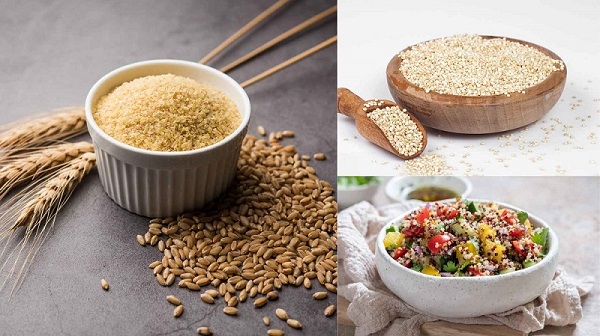
Both quinoa and broken wheat are superfoods, especially suitable for included in the breakfast menu thanks to their high nutritional content. However, each type has its own unique characteristics, suitable for each physical condition and specific nutritional needs. Here is Dr. Vivek Kumar - Director of Interventional Cardiology at Tim Fortis Escorts Institute (Delhi, India) sharing on Healthshots about the nutritional value of these two foods.
Quinoa: a rich source of nutrients, gluten-free
Quinoa is one of the few plant-based foods that contain all the essential amino acids. In addition, this type of seed is also rich in protein, fiber, minerals, vitamins, calcium, zinc, iron, manganese, folic acid and antioxidants. In particular, quinoa is completely gluten-free, making it great for people with celiac disease, irritable bowel syndrome or gluten allergy.
Broken wheat: Rich in fiber, but contains gluten
Broken wheat is a form of whole wheat that is ground, helping to retain a lot of fiber and natural nutritional value. This food provides essential nutrients such as magnesium, iron, protein, potassium, sodium, calcium, vitamins and a small amount of fat. However, because they are made from wheat, broken wheat contains gluten, which is not suitable for people with sensitive skin to this substance.
Should I choose quinoa or broken wheat?
According to Dr. Kumar, both quinoa and broken wheat are good choices for breakfast. However, for those who need to avoid gluten - such as people with celiac disease or gluten allergy, quinoa is the optimal solution. Meanwhile, if you don't have a problem with gluten, both can bring a healthy, nutritious and energetic breakfast.






